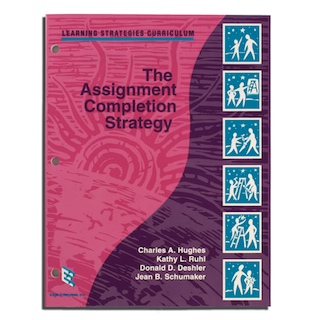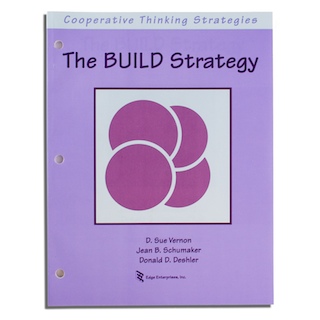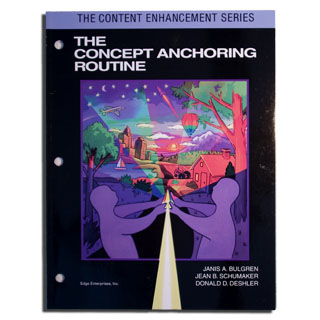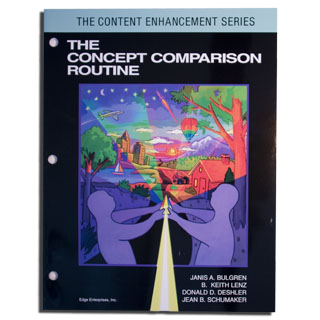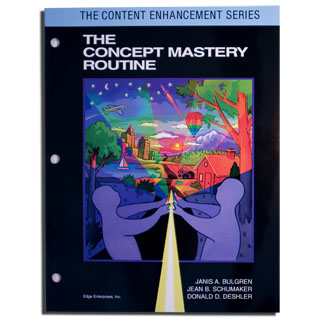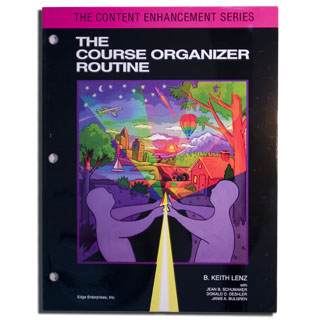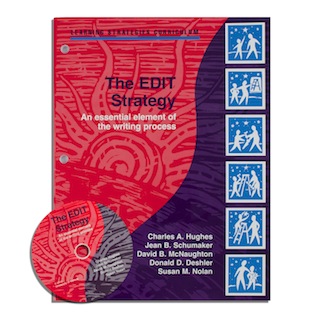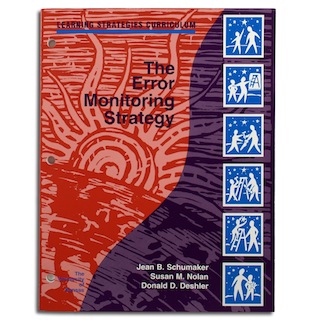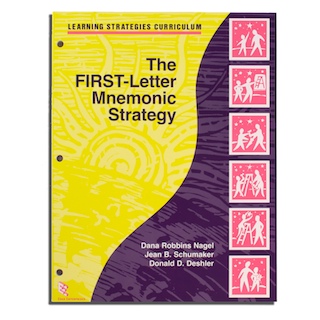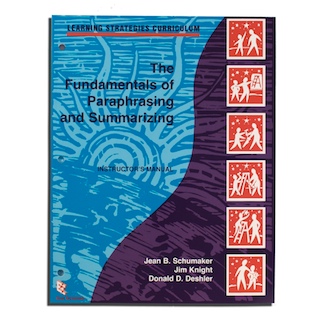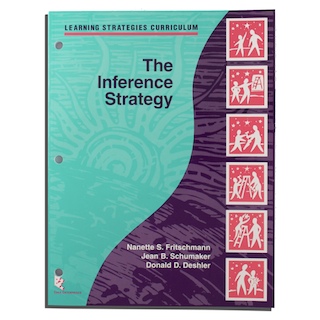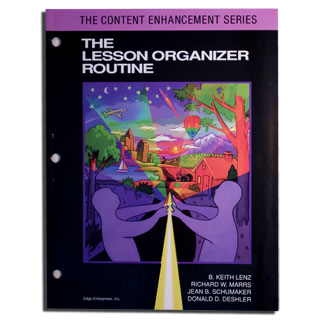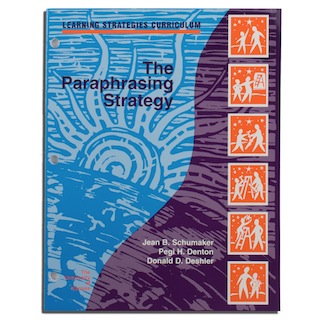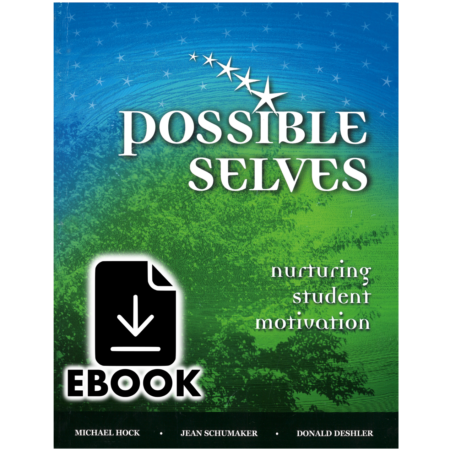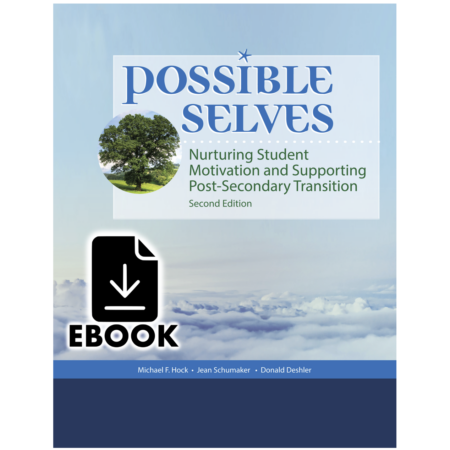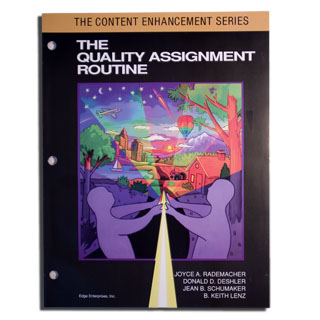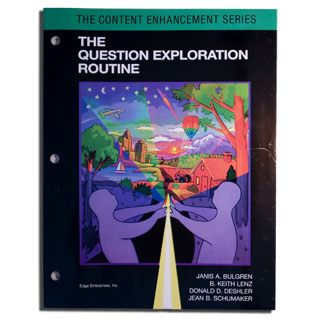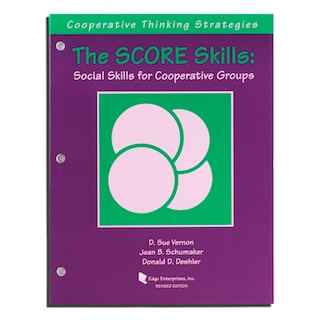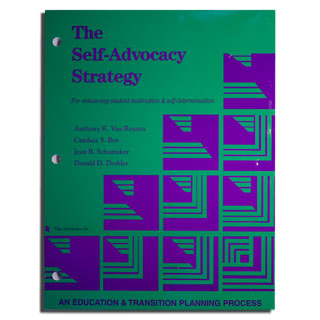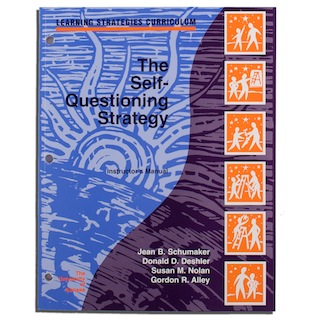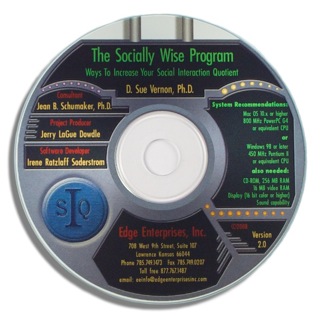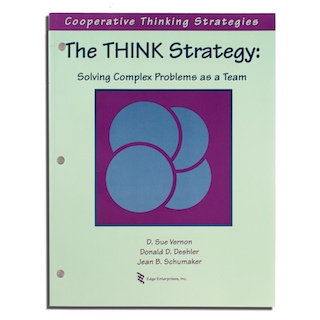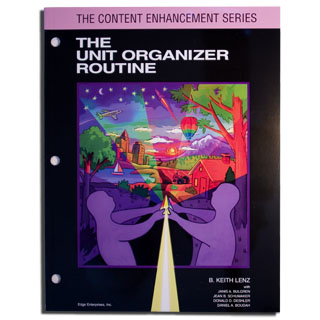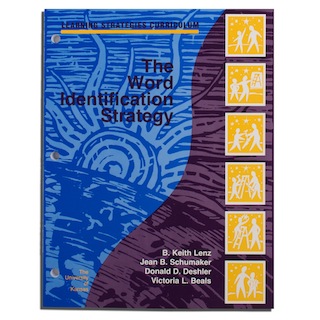Donald D. Deshler, Ph.D.
Affliations
- Director
- University of Kansas Center for Research on Learning
- The Williamson Family Distinguished Professor
- Department of Special Education
- University of Kansas
My Background and Interests
Since my early childhood, I’ve loved to learn about new things and new ideas. As an undergraduate in the 1960s, I saw the power of knowledge when it was used to mobilize people to action. Upon graduation from college, my new wife, Carol, and I went to a poverty-stricken village on the Barren Sea in northern Alaska to teach Eskimo children. I was soon sobered by the fact that I was totally overmatched by the situation that confronted me. Many of my students came from dysfunctional homes with parents who were not supportive of what was occurring in school, most lacked the necessary skills to learn the curriculum, and all but a few had given up on school, including anything I could offer as their teacher. In short, the “light in their eyes had gone out.” While I was frustrated in my inability to reach most of these students, my frustration was magnified when I learned that neither my fellow teachers nor the professional literature offered much in the way of viable solutions.
As I pondered the magnitude of the problems that existed in this remote village and multiplied that by the hundreds of thousands of students living in similar circumstances throughout the world, I decided to devote my life to making sure that children’s futures were not being foreclosed because they didn’t know how to learn. I wanted to find answers that would make learning easier for students who struggled with learning how to learn and, as a result, never experienced the joy of learning about new ideas, places, and things that I experienced and never would be in a position to acquire knowledge that would empower them to shape what was happening in their lives. While I have continued to be a teacher, I began to seek out situations where I could do research and develop and promote effective ways of teaching.
The Story Behind the Survey Routine
At the beginning of our work at the Institute for Research on Learning Disabilities in the 1970s, we did a descriptive study where we tested the academic skills of two groups of students at the junior high and high school levels: students who had been diagnosed as having learning disabilities (LD), and students who were receiving failing or barely passing grades on their report cards in subject-area classes (low-achievers). We learned that both groups of students had severe reading deficits. The students with LD were reading on average at the fourth-grade level in seventh grade. The low achievers were reading on average at the fifth-grade level in seventh grade. What was even more distressing is that these groups of students did not make progress in reading skills across the remaining grade levels. As twelfth graders, the students with LD were reading at the fourth-grade level, and the low achievers were reading at the fifth-grade level on average. We also analyzed textbooks used in required secondary courses and found that they were written at the students’ grade levels or above. We found, for example, that the most widely used U.S. History textbook was written at the 17+ grade level. We reasoned that students reading at the fourth- and fifth-grade levels were not going to be able to gain much information in textbooks written at these high grade levels.
Since our team had been charged with developing instructional materials and methods that can be used to dramatically improve outcomes for secondary students, we knew that we would have to design methods that would enable students to gain information from their textbooks in their required courses if they were to succeed in those courses. We reasoned that secondary subject-area teachers could introduce chapters in textbooks to students in a way that would provide a preview of the information in each chapter as well as teach students how to gain information from textbook chapters independently. As a result, the Survey Routine was born. It was based on a cognitive reading strategy that we had tested with students in the early years of our work. Through the use of the Survey Routine, subject-area teachers guide students through a series of steps with regard to analyzing and familiarizing themselves with a textbook chapter. The students and teacher simultaneously fill out a graphic organizer related to parts of the chapter, and through several repetitions of the routine, students learn to fill out the organizer themselves so that they can study a chapter independently.
My thoughts about Content Enhancement Instruction
Content Enhancement instruction is one of the few instructional methods that have been shown to be effective through empirical research to produce student improvement in learning and in academic performance at the secondary level in general education classes. Research on the Content Enhancement Routines has consistently shown that the performance of all types of students, including high achievers, normal achievers, low achievers, and students with disabilities, improves when teachers use the routines. The purpose of all the routines is to make instruction in subject-area courses more “learner friendly.” As a result, students are more able to learn and remember the information in their courses.
Teacher Feedback on this Product
This routine and the other Content Enhancement Routines have been readily adopted by thousands of teachers across the nation. When teachers use this routine, not only do students earn higher scores on their unit tests, they also learn how to approach textbook chapters on their own. They become more independent and more confident as learners.
My Contact Information
Please contact me at ddeshler@ku.edu.


